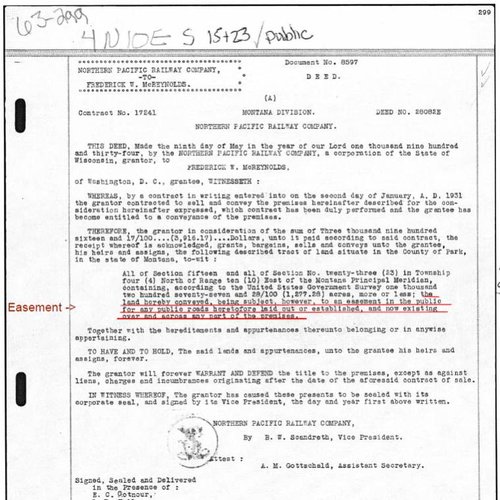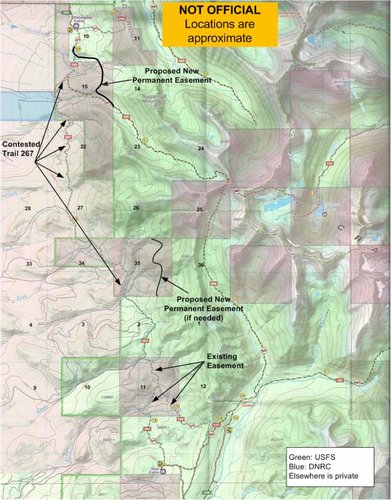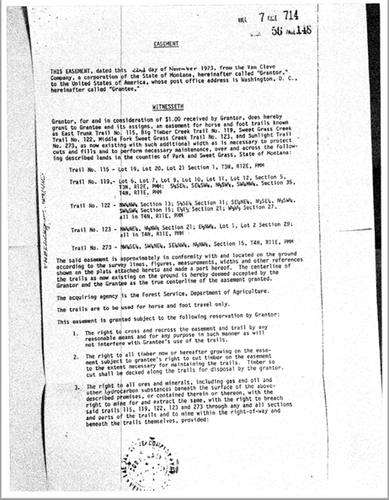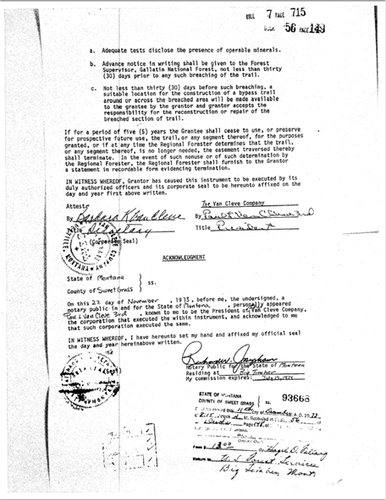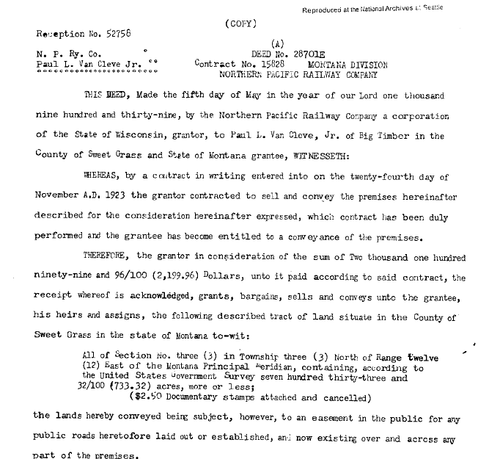Straight Arrow
Well-known member
It's in the "fight" that creates the conflict and the cost. Priorities: Is access to public land the goal? ... or is setting an example by punishing a landowner the goal?Fight for the old trail, or leave it alone.
A general frustration over public land access versus private landowner property rights is the contentious process which creates larger divisiveness and greater costs for all parties. Whenever a compromise (such as this seems to be) can be reached, I think it perpetuates a healthy precedent. For the sake of saving time and money, the effort to work out the devilish details is effort well expended, IMO.




